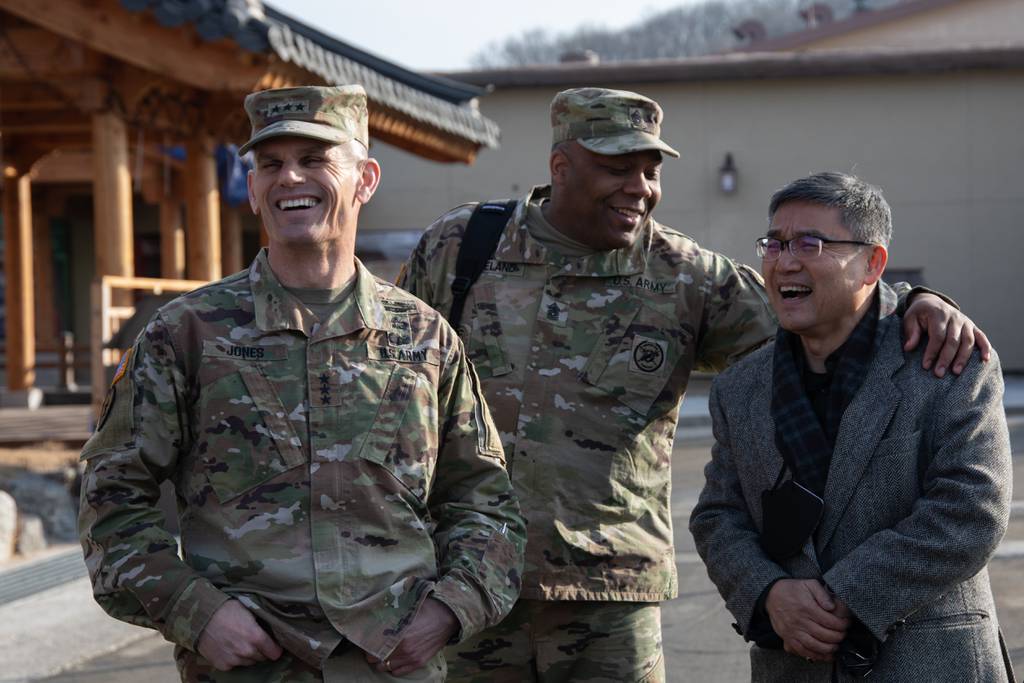WASHINGTON — One of the Army’s defining features is its uniformity. But when it comes to installations and quality of life, maybe one size doesn’t fit all, argued the head of Installation Management Command.
Lt. Gen. Omar Jones, who leads the command, explained that garrisons need to provide a “common experience†for services like childcare while simultaneously providing “tailored†solutions in other quality-of-life areas that fit each unique installation.
As examples, Jones discussed public transit and privatized barracks — two areas where the service is weighing improvements or expansions in order to address shortcomings that are impacting junior troops’ Army experience.
At Fort Cavazos, Texas, he said, the service recently approved an intergovernmental agreement with the neighboring city of Killeen that will establish city-administered public transit on the Texas installation. But not every post will need internal public transit, Jones said, emphasizing the need “to tailor that to the local environment.â€
In his previous role leading the Military District of Washington, Jones oversaw one of the service’s five privatized barracks facilities at Fort Meade, Maryland. He argued that the project, which consists of apartments for mid-grade and senior noncommissioned officers, works because it was tailored to Meade’s “unique†community.
“You have a combatant command there with [Cyber Command], you have…a higher population of mid- and senior-grade people to support the other organizations that are at Fort Meade than maybe some other organizations in the Army,†he said. Jones also cited the area’s high cost of living as a key factor.
So when it comes to establishing more privatized barracks, he said, service policy officials will ask questions like, “Does this model make sense for this installation, given the local community, the on-post community [and] the units?â€
Jones’ philosophy contrasts with some historical projects, such as the construction of VOLAR-style barracks across several installations in the 1970s, that imposed identical programs without regard to factors like geography.
The general said the shift in thinking — which he noted has also been pushed by Gen. Randy George, the service’s new chief of staff — is emblematic of a broader sea change in how the Army perceives quality of life concerns compared to when he first entered the military.
“Taking care of people improves the Army; it improves readiness and what the Army does for the country,†he said. “That’s a conversation that I’m not sure was happening 30-plus years ago — at least that Lt. Jones was aware of.â€
Davis Winkie covers the Army for Military Times. He studied history at Vanderbilt and UNC-Chapel Hill, and served five years in the Army Guard. His investigations earned the Society of Professional Journalists' 2023 Sunshine Award and consecutive Military Reporters and Editors honors, among others. Davis was also a 2022 Livingston Awards finalist.








